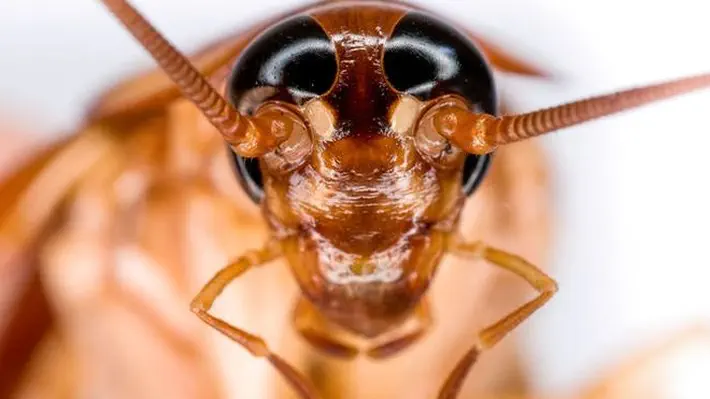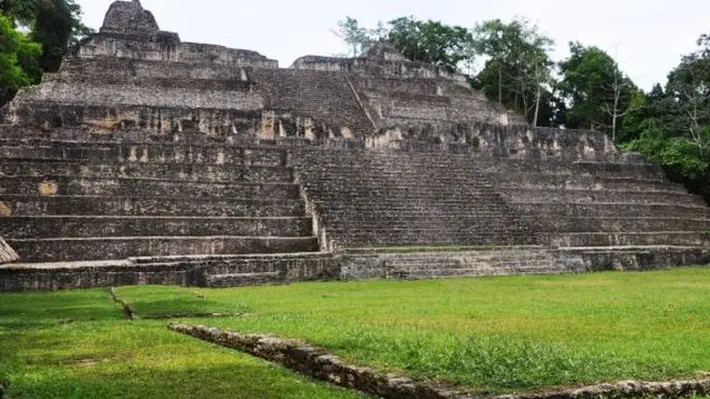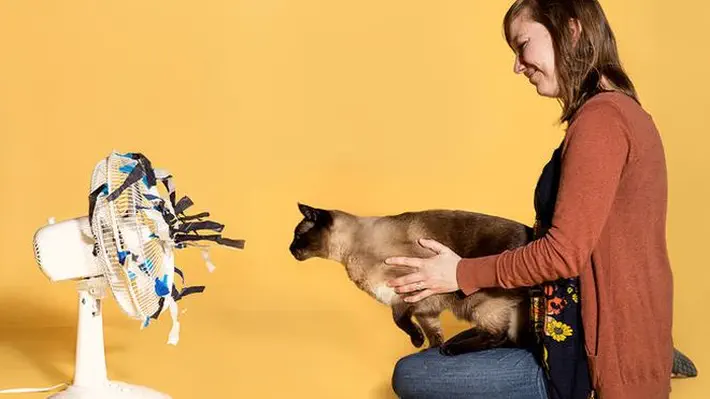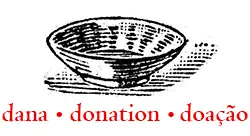 sciencemag
sciencemagAmerican cockroaches thrive in cities, thanks to their incredibly long genomes
Few insects have a reputation for grossing people out as thoroughly as the American cockroach. The so-called water bugs, which thrive indoors on fermenting and rotting foods, are rich sources of disease-causing bacteria. Now, researchers have sequenced their genome for the first time—and have uncovered some of the secrets to their uncanny ability to survive in our urban jungles.
 SCIENCEMAG
SCIENCEMAGClimate change and the demise of Classic Maya civilization
The role of climate change in the development and demise of Classic Maya civilization (300 to 1000 C.E.) remains controversial because of the absence of well-dated climate and archaeological sequences. We present a precisely dated subannual climate record for the past 2000 years from Yok Balum Cave, Belize. From comparison of this record with historical events compiled from well-dated stone monuments, we propose that anomalously high rainfall favored unprecedented population expansion and the proliferation of political centers between 440 and 660 C.E. This was followed by a drying trend between 660 and 1000 C.E. that triggered the balkanization of polities, increased warfare, and the asynchronous disintegration of polities, followed by population collapse in the context of an extended drought between 1020 and 1100 C.E.
 SCIENCEMAG
SCIENCEMAGSome Consequences of Having Too Little
Poor individuals often engage in behaviors, such as excessive borrowing, that reinforce the conditions of poverty. Some explanations for these behaviors focus on personality traits of the poor. Others emphasize environmental factors such as housing or financial access. We instead consider how certain behaviors stem simply from having less. We suggest that scarcity changes how people allocate attention: It leads them to engage more deeply in some problems while neglecting others. Across several experiments, we show that scarcity leads to attentional shifts that can help to explain behaviors such as overborrowing. We discuss how this mechanism might also explain other puzzles of poverty.






